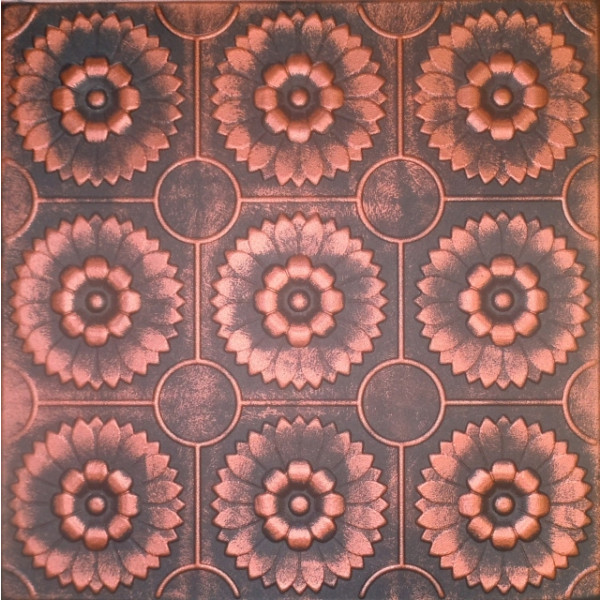
In 1866 Marcellin Berthelot correctly identified the formation of meta styrol/Styroloxyd from styrol as a polymerisation process. They called the product "meta styrol" analysis showed that it was chemically identical to Simon's Styroloxyd. By 1845 Jamaican-born chemist John Buddle Blyth and German chemist August Wilhelm von Hofmann showed that the same transformation of styrol took place in the absence of oxygen. Several days later, Simon found that it had thickened into a jelly, now known to have been a polymer, that he dubbed styrol oxide ("Styroloxyd") because he presumed that it had resulted from oxidation ( styrene oxide is a distinct compound). From storax, the resin of the Oriental sweetgum tree Liquidambar orientalis, he distilled an oily substance, that he named styrol, now called styrene. Polystyrene was discovered in 1839 by Eduard Simon, an apothecary from Berlin. It is accumulating as a form of litter in the outside environment, particularly along shores and waterways, especially in its foam form, and in the Pacific Ocean. Under ASTM standards, polystyrene is regarded as not biodegradable. The temperatures behavior can be controlled by photocrosslinking. This temperature behaviour is exploited for extrusion (as in Styrofoam) and also for molding and vacuum forming, since it can be cast into molds with fine detail. Īs a thermoplastic polymer, polystyrene is in a solid (glassy) state at room temperature but flows if heated above about 100 ☌, its glass transition temperature.

Uses include protective packaging (such as packing peanuts and in the jewel cases used for storage of optical discs such as CDs and occasionally DVDs), containers, lids, bottles, trays, tumblers, disposable cutlery, in the making of models, and as an alternative material for phonograph records.

Polystyrene is naturally transparent, but can be colored with colorants. Polystyrene is one of the most widely used plastics, with the scale of its production being several million tonnes per year. It is a poor barrier to air and water vapor and has a relatively low melting point. It is an inexpensive resin per unit weight. General-purpose polystyrene is clear, hard, and brittle. Polystyrene ( PS) / ˌ p ɒ l i ˈ s t aɪ r iː n/ is a synthetic polymer made from monomers of the aromatic hydrocarbon styrene.

#Black styrofoam ceiling tiles code#
The typical maintenance is not very complicated and a solution of mild detergent and water will help you keep them clean.Chemical compound Expanded polystyrene packaging A polystyrene yogurt container Bottom of a vacuum-formed cup fine details such as the glass and fork food contact materials symbol and the resin identification code symbol are easily molded This means that they need to be cleaned very carefully. Styrofoam tiles absorb stains more easily than alternative materials like metal. This means that they need to be handled carefully during installation and in addition, they have to be cleaned with great care. Another disadvantage of styrofoam ceiling panels is that they are fragile. Styrofoam may emit dangerous fumes when burning as well. The tiles are easily flammable and it is not recommended to use them in rooms with wood burning fireplaces for the hazard of potential fire. One major drawback of styrofoam ceiling tiles is that they are not fire resistant. Disadvantages of styrofoam ceiling tiles – useful tips for the buyers In addition, the tiles can be installed over almost any type of ceiling – stucco, popcorn, plaster, cement, etc., and are an excellent choice when you need to hide imperfections. They be installed without much effort, even as a DIY project, which will cut your expense on installation. Styrofoam ceiling tiles are incredibly lightweight which is another great advantage compared to alternatives.


 0 kommentar(er)
0 kommentar(er)
